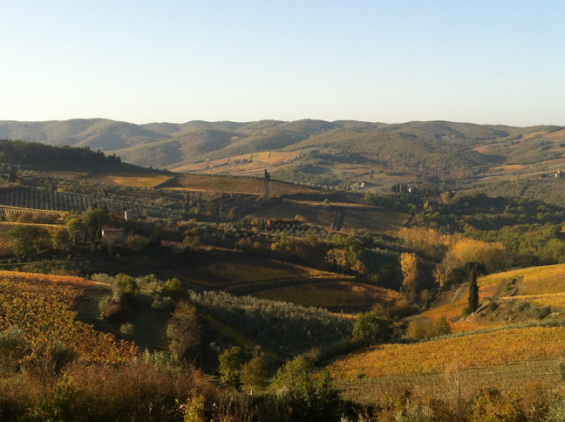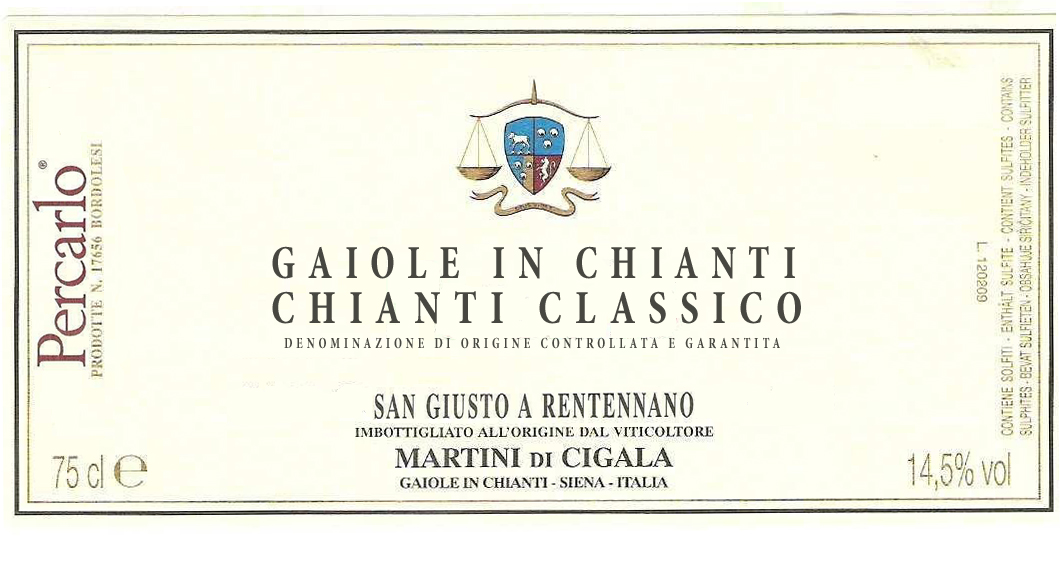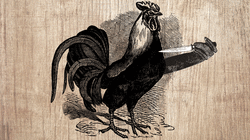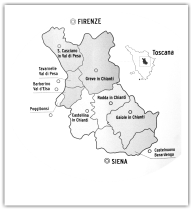written by Michael Schmelzer, Monte Bernardi - Panzano in Chianti
"...wine, the flavor of which depends so closely upon the place where it is grown that to name the place is to describe the wine." - Waverley Root, The Food of France
There are approximately 8,500 hectares of Pinot Noir planted within the great winemaking region of Burgundy. The wines range from the rarest to the more standard. Burgundy’s classification system allows the producer to provide adequate information on the label to identify the area of origin, whether very broad or tightly delimited, potentially right down to the vineyard, and so, the buyer is able to make a more discerning choice when picking a wine, whether that wine be “Clos de Tart” or “Bourgogne”.
Now, imagine a scenario in which all the Pinot Noir from the region of Burgundy is labeled simply as “Bourgogne”, with only a few lines of text on the label referring to a place of bottling, which may or may not represent where the grapes were grown, leaving the buyer in the dark as to the sub-region or appellation of origin, let alone hillside or vineyard.
This is the reality that we face in Chianti Classico. By law of our denomination, we producers may not give any prominence to the sub-region of our vineyards on our labels.
In comparison to the 8,500 hectares planted in Burgundy (Pinot Noir), there are about 10,000 hectares planted in the region of Chianti Classico. 7,000 hectares are registered as Chianti Classico, and the remaining 3,000 classified as IGT. If we estimate (conservatively) that half of the IGT vineyards are planted to Sangiovese (the traditional grape of the region), there is roughly the same area under vine with Sangiovese within the region of Chianti Classico as there is with Pinot Noir in the region of Burgundy.
The inability to denote prominently a more specific geographic origin (a sub-zone within Chianti Classico) on our labels handicaps not only we producers who want to distinguish ourselves within the vast region of Chianti Classico. It also presents an enormous challenge for those who sell our wines - importers, distributors, retailers and restaurants. There will always be a place for a Chianti Classico “generale”, but now it is time to move in a direction that will not only help to distinguish Chianti Classico more clearly from Chianti but also to define and delineate the individual sub-zones of Chianti Classico, each of which has unique inherent advantages, characteristics and qualities that could and should be appreciated.
Within Italy, there is precedent for such labeling in the region of the Langhe in Piedmont, and the wines are better appreciated and valued for it.
If we have the tools to properly promote ourselves within our own sub-zones, perhaps we could see the return of important producers to our denomination who lost faith in it many years ago. One can only dream…




 RSS Feed
RSS Feed
